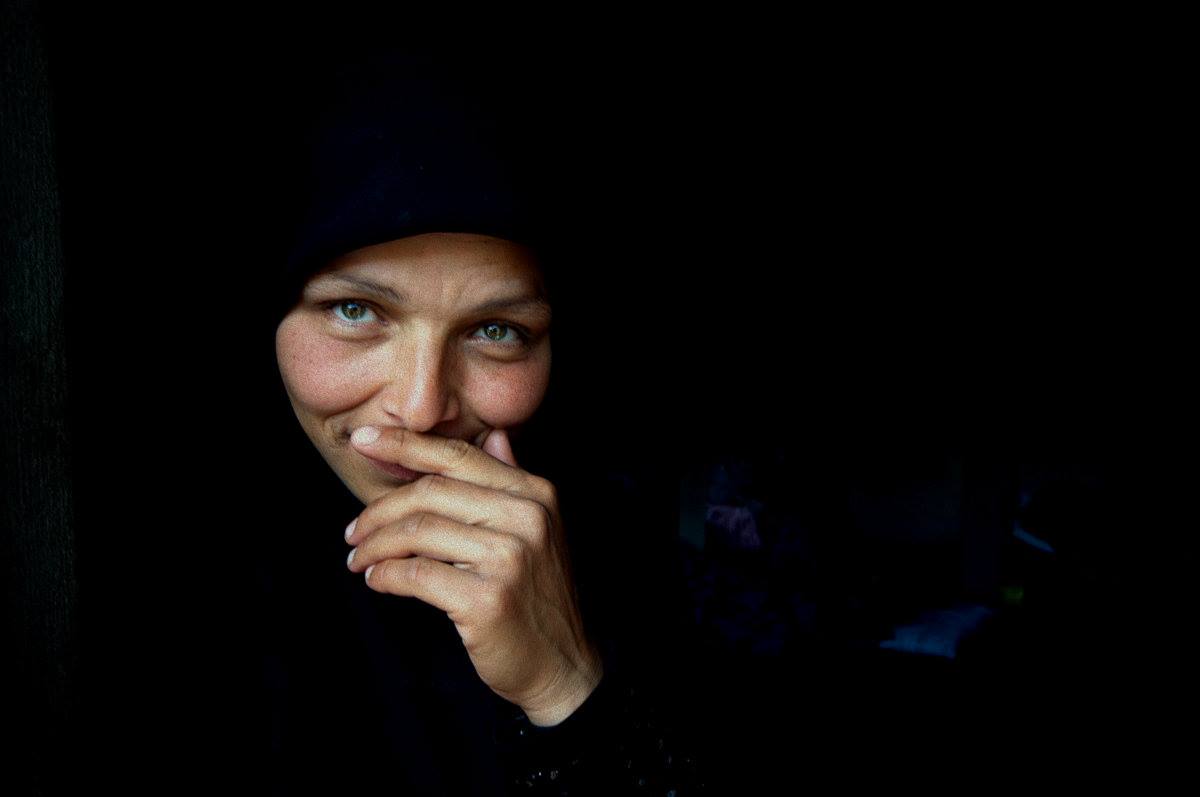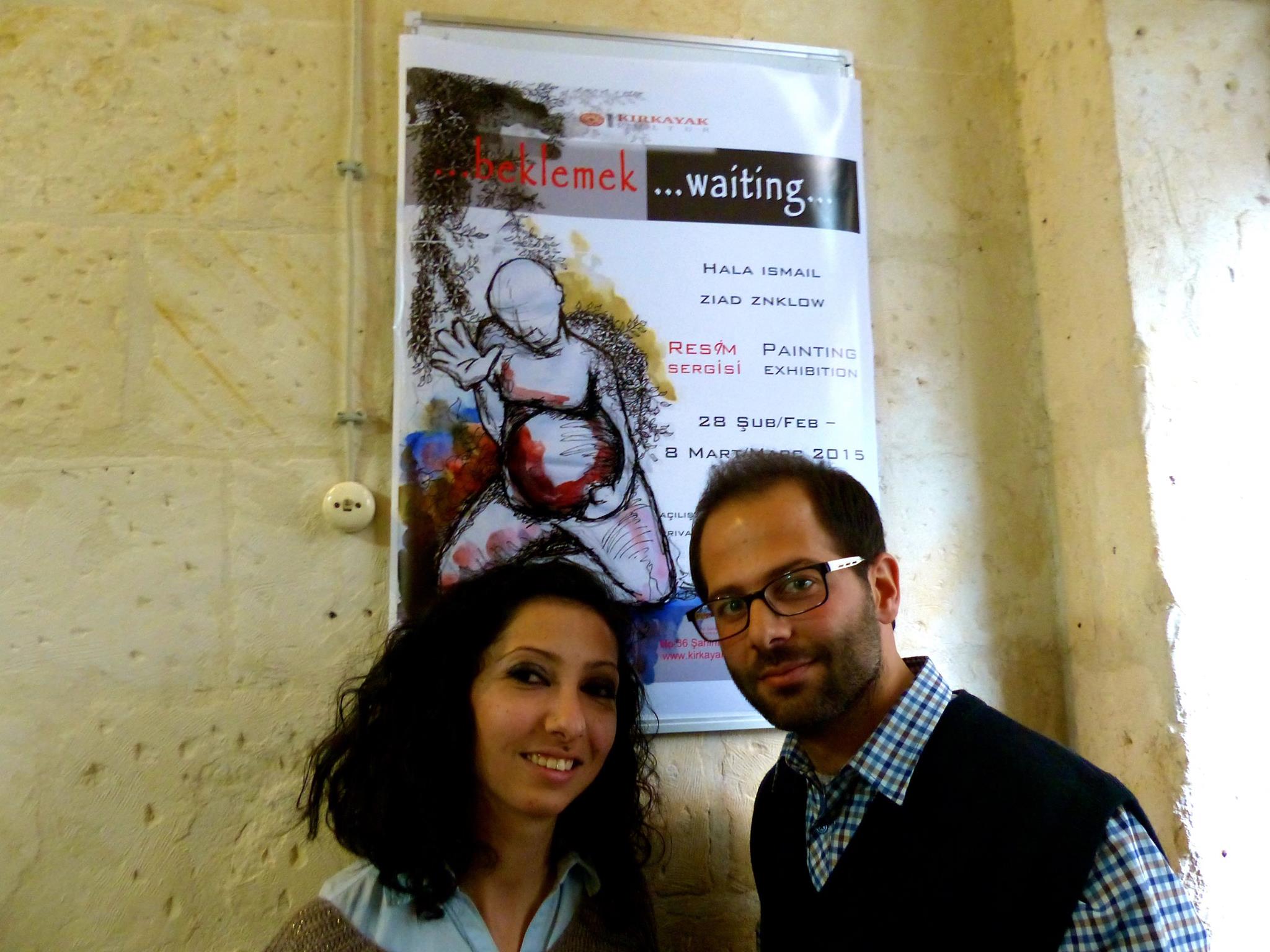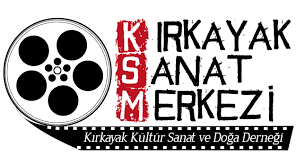
Syrian refugee, Gaziantep; photo credit Kemal Vural Tarlan, Kırkayak Sanat Merkezi
Along the porous border between Syria and Turkey lies the notorious city of Gaziantep — a city making waves in the media as a regional capitol for spooks and spicy kebabs. Called “Antep” for short (formerly known as Ayintab, the sister city to Aleppo in Syria), Gaziantep is also — surprisingly for some — quietly undergoing an artistic evolution.
The global outpost for aid workers, government contractors and foreign fighters is the sixth largest city in Turkey, with an understandably tense atmosphere. A pedestrian strolling the streets in old downtown will notice a gun shop sandwiched between baklava boutiques, and a student-friendly “Kafka Kafé” nestled amid pale sycamore trees. Gaziantep is suitably Kafkaesque — a city faced with an influx of eclectic characters and surrealist tension between local and international interests.
In contrast to aid centers in formal conflict zones (i.e. Kabul, Afghanistan and Baghdad, Iraq), the porous nature of Gaziantep lends itself well to uncertainty, resourcefulness and creativity.
It’s a bureaucrat’s nightmare, but an artist’s dream.
It’s in this ambiguous setting that Kemal Vural Tarlan, his wife Ayşegül and their business partner decided to found Gaziantep’s first arts collaborative, Kırkayak Art Center (Kırkayak Sanat Merkezi), in 2010. Now in its sixth year, Kırkayak has taken on new meaning in the context of the protracted regional conflict.
”You are good. I am good. But do you know why we are good?” Kemal inquires of me philosophically. I raise my eyebrows, sitting across from him in his office, eventually drawing out his answer: “We do not know why.”
Kemal continues, describing a recent ISIS suicide bombing in an apartment complex on the outskirts of town. “The media and most of the world thinks ‘Oh, this is Syria here. These are Syrians doing this to us.’ But the neighbor of the ISIS fighter was also a young Syrian who taught himself Turkish and graduated from Gaziantep University. He also died in the bombing.”
He looks at me with an unyielding softness. “We are all just people, you know?”
One does not always know whether to trust your neighbors in Gaziantep, but Kemal points to our shared humanity.

Co-founders of Kırkayak, Kemal Vural Tarlan and wife Ayşegül.
Just shy of 40, Kemal moved to southeast Turkey 22 years ago in order to delve into a region that fascinated him — a region rich with minority communities such as the Romani (Gypsy), Alevi, Armenian, Kurdish and Dom* living side by side. He saw the importance of documenting and sharing their stories with a wider audience, in order to bridge understanding and empathy. And he saw no better way to do that than through art.
An engineer by training, and an ethnographer and photographer by occupation, Kemal regularly publishes research on minorities in Turkey disseminated to think tanks, government entities and the media. He noticed increasing interest in minority communities, and in 2010 decided that a space was needed to house their artistic perspectives. Using personal funds, he and Ayşegül purchased a dilapidated villa in the center of town and transformed it into Gaziantep’s first arts collaborative.
The center was named after the city park that had served as a traditional gathering place for locals to exchange ideas and work together. In this spirit, Kırkayak (which translates to “forty feet”, or “centipede”) regularly presents free exhibitions, film screenings and community events, including the annual Zeugma Film Festival which shows over 100 alternative Turkish films each year.
The modest façade of the Kırkayak Art Center is balanced by ornate Ottoman wood paneling and a cool stone interior; an intentionally cozy atmosphere reflecting the heritage of its setting. The couple has recruited local members to run the center’s projects, each of whom has an equal share in the collaborative.
The only requirement is to work a full year at the center and then to be voted in unanimously as a member.
I ask Kemal whether the collaborative leans a certain way, politically or ideologically. He vigorously shakes his head no, but then laughs. “Well, I certainly have my beliefs, and I’ll tell you all about them.” And he does. “But as for the others, it’s like night and day. Our members have so many different beliefs, and that is the justification for our success.”
He draws example — one Kırkayak member supports AKP, the ruling party in Turkey; one supports its main opposition, CHP; another supports HDP, the predominately Kurdish party which has accumulated wider domestic support in recent years**. Kemal points to their differing political beliefs as evidence of art’s unifying power, and says that he believes art is the key to achieving regional peace.
The vision of Kırkayak is to create a space for Turkish, minority and Syrian artists to work together and build connections in the community. To that end, the collaborative also serves as a temporary home for these aspiring and established artists, allowing many displaced refugees an opportunity to sustain their craft.

Hala and Ziad, two Syrian refugee artists who benefitted from their residency at Kırkayak. They stand in front of a poster for their 2015 exhibition, “Beklemek / Waiting”.
Two such refugee artists are Hala Ismail and her husband, Ziad. They met in Gaziantep in 2013 through a group of Syrian graduates from the University of Aleppo, and fell in love — their mutual degrees in fine art serving as a natural foundation for partnership.
Kırkayak gave them a place to live and showcase their work, and publish Fashal Magazine, a regular cartoon series depicting life in Assad-controlled Syria.
Asked why they chose a visual format for their art, Hala and Ziad agree that imagery is accessible to a wider audience — both literate and non-literate Syrian activists. Now based in Germany, they fondly recall Kırkayak as a launching point for their artistic endeavors.
In a striking 2015 exhibition named Beklemek (“Waiting”), Hala’s hand-drawn images of a naked, pregnant woman being subjected to violence – haunting, yet sobering – were exposed to the public eye. Her art is a poignant reminder of the dreams of Syrian activists, roughly colliding with the realities of a conflict with no end in sight. Yet their collective hopes for the eventual birth of a free Syrian society are continually mirrored in Hala’s artwork.
Kate Davidson, a Scottish humanitarian worker living in Gaziantep, met Kemal and Ayşegül in the fall of 2014 to coordinate weekly yoga classes. “Kırkayak permitted use of their top floor space, often used for art exhibits,” she recalls. “They let us use the room for free, and on cold evenings even offered us çay (tea). I think I still have the key to the center! Kemal is so trusting; he and Ayşegül are just lovely people. Everyone at Kırkayak is; you feel welcomed.”
In a city with so many strangers, an open door is a rare sight.
I asked Kemal if he was concerned about his safety or the security of the center, given its open-door policy in a region facing threats from many directions.
He simply sighed, “If someone wanted to do harm, what’s to stop them, truly? Kırkayak is motivated to do good in Gaziantep, to do good in the world, and show that people with different ideas can live together peacefully.”

Kırkayak Sanat Merkezi (Kırkayak Art Center) logo
His fatalism is tempered by an activist’s mantra: “We will always be here.”
To find out more, visit www.kirkayak.org or www.zeugmafestival.org/ksm or like the center’s page at Facebook.com/KirkayakSanat.
*Dom are a people populating the Middle East, from the Balkans to Iraq and Iran.
**In June 2015 parliamentary elections the HDP won an unprecedented 13% threshold. The elections were annulled; the repeat held in November 2015 came out in favor of the ruling Justice and Development Party (AKP).
